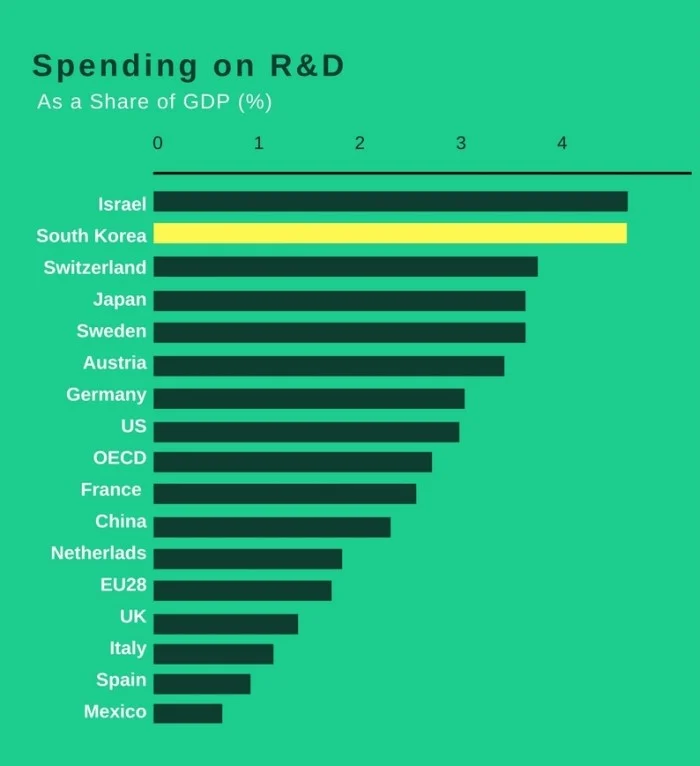Economics of Healthcare Research in India
Healthcare Research in India is virtually non-existent except in a few pockets through the nation. What seems to be the problems? Is it a lack of will and methodology, or is it a lack of investment?
According the the Parliamentary Standing Committee on Health and Family Welfare: one of the vital elements in improving the situation is the need for a relevant research base that would equip policy makers to take informed health policy decisions; the health research output needs to be augmented substantially to cater to the health challenges faced.
“There are many areas of research in healthcare. This spans across clinical research, social awareness research, hospital administration research, policy research and so on.” says Dr. M. Mariappan,Chairperson,Centre for Hospital Management, School of Health Systems Studies, Tata Institute of Social Sciences
WHAT’S THE CURRENT STATE OF HEALTHCARE RESEARCH IN INDIA?
Currently, the state of healthcare research in India is abysmal. “India lacks in medical research on a global front due to the lack of respect the country’s medical system and professional setup gives to medical researchers. If research is given an importance in the promotion and recruitment process, it will make a lot of difference. Even reputed organizations such as AIIMS and PGIMER, which are the hub of medical research in the country, have a system that does not make research attractive to the youngsters,” says Dr. K.K Talwar, Former Chairman of the Medical Council of India.
SO WHAT SEEMS TO BE THE OVERARCHING PROBLEM?
“In basic research, the objective is to find out nuances and particularities of something. Often times research is a shot in the dark and it doesn’t do much apart from adding to the global pool of knowledge. Most often there is no practical application for such knowledge. And in a developing country like India, the government cannot afford to spend a lot of money on research because most research has no practical value,” says Akash Dubey, ex-Senior Research Fellow, ACTREC.
Not a single paper has been published which has any actual application in fighting any disease or to help in its more effective and accurate diagnosis. “Doctors in India are trained only in clinical care. They lack a lot in terms of research capabilities. However, there are publications made by Indian doctors in national and international journals. These come about as a result of work experience as opposed to hardcore research.” says Dr. Mariappan.
According to the Department of Health Research, inadequate budgetary allocations are likely to affect the research activities of the institutes of ICMR since after meeting the normal office expenses and funding of extra mural projects, hardly on an average Rs 50 crore are available to accommodate the requirements of providing consumables, chemicals and reagents across the 32 institutes and other laboratories/field stations.
“Research is expensive. Any sort of medical research requires a whole bunch of chemicals and pieces of equipment; both of which are costly. India’s healthcare research funding is roughly 10-100 times lesser than the funds of the EU, USA or China. Researchers need crores of rupees to carry out research for a year to purchase machines, AI software, technology etc. which already exists in advanced countries,” adds Akash.
In a study done on the research output of all medical institutions in India it was observed that the lack of incentives to do research is a critical problem. Why the lack of incentive? The answer, congruent with many other answers aimed at improving India’s state, is bureaucracy. Medical research is primarily carried out by organizations and colleges where funding isn’t the issue; it’s the entire system
THE PROBLEMS OF FUNDING HEALTHCARE RESEARCH IN INDIA.
Research needs infrastructure and money. In Western societies, this is done via government, charities and universities. However, in India, the government lays no stress on research; charities function to promote God, caste and other social divides; and universities have no autonomy to raise funds. In such a flawed system, it’s no surprise that funding in the chief areas is lacking. No substantial investment into technology has been made as a result of which youngsters are not exposed to said technology.
“There is a certain sum that the govt of India allocates for research via its many arms including the Council for Scientific and Industrial Research, Department of Biotechnology etc. Various agencies and individuals apply to these agencies for funding using a basic blueprint which highlights the goals, intentions, methodology and probable outcomes. The funding agencies review the projects and then decide which projects must be funded. The reason why govt. is hesitant to invest in research is because the benefits of research projects can be reaped only after 20-40 years and this is not a delay that is well understood by the government,” says Akash.
Funding medical research in India is primarily through govt. organizations such as the ICMR. The government is not the only stakeholder in this space. Pharmaceutical companies and other sub-industries within the healthcare space must take an active part in promoting healthcare research. Today nearly 80% of the biomedical materials/devices are imported driving upward the cost of health care. The industry should devote resources towards research.
But will increasing the funding create as much of an impact as we hope for? Or is there a simpler way?
Dr. Talwar is of the opinion that, “No matter how much you invest, there should be close scrutiny and accountability. We can start with some resources and go somewhere provided there is accountability. There are many individuals who get grants and other economic privileges, but still nothing innovative is being done. The same basic research in done and this lacks in originality and worth. While encouraging research environment in medical colleges, it is important that mentors should encourage and promote original research ideas, there should be less stress on the number of publications and more on quality and impact.”
A WAY FORWARD
“A way to encourage more medical research is by making researchers, professionals and academicians an essential part in the policy-making and decision-making processes of the government. Innovative research must be encouraged by the government and we need to identify quality researchers and provide them with funding.” says Dr. Mariappan who adds, “The government must also allocate funding exclusive for medical research in a very transparent manner so that the young researchers and individuals with the potential to do research are encouraged. Another key aspect is to have a scientific community which encourages more people to do research and acts as a guiding source in the medical research space.”
India has a long way to go in becoming a global hub for healthcare research. Nevertheless, there are few advantages that already exist in this ecosystem. These being, the large number of patients available across most disease categories, availability of trained physicians and rise of scientific curiosity amongst youngsters. Another key facet of improving the state of healthcare research in India is to entice professionals from all across the globe to come to the country. This will only happen once the quality of living, equipment quality and financial boosts are given. Another aspect of attracting such people has to do with society and societal constraints; a factor that requires urgent and immediate discourse through the country.
“There is a lot to be gained from investing just a little bit. One needs to only look at the Indian Space Programme for this motivation. There is a lot of thinking that needs to go into this area, but I’m confident that with little investment we can achieve something that is innovative provided we have the will and desire to do so.” concludes Dr. Talwar.
- AI
- Architectural Planning
- Architecture
- Ayushman Bharat
- Communication
- COVID-19
- Devices
- Diagnostics
- Digital Health
- Finance
- finance
- Grassroots Healthcare
- Health Policy
- Health Promotion
- Information Technology
- Innovations
- Interior Design
- IT
- Leadership
- leadership
- Medical Device
- MEP
- Operations
- Planning
- start-ups
- Start-ups
- State of Affairs
- Strategy
Related Tags:


